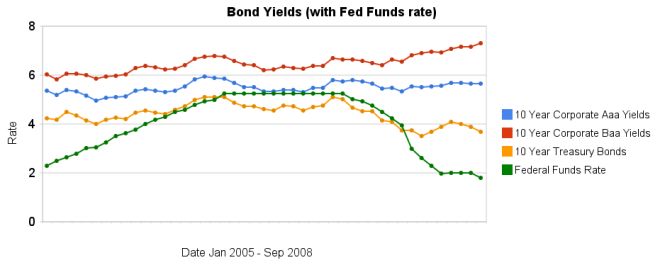It looks like you're new here. If you want to get involved, click one of these buttons!


moving-money-from-ira-to-hsa-the-only-time-it-makes-senseA little-known rule buried deep on the IRS website presents a once-in-a-lifetime opportunity for clients with a health savings account — the ability to make a contribution directly from an IRA.
Although this one-time offer isn’t worth the effort for most clients, who’d be better off continuing to fund both accounts and collect dual tax breaks for doing so, there are a handful of situations where cash-strapped clients with high medical costs could really benefit from making the move and tapping tax- and penalty-free funds.
Several officials at the Fed are beginning to worry about asset bubbles and excessive risk-taking as a result of their extraordinary policy interventions, James Politi writes for the Financial Times, citing interviews with multiple Fed presidents and members of the Board of Governors.
Details: Some are now pushing for "tougher financial regulation" as concerns grow that monetary policy is "encouraging behavior detrimental to economic recovery and creating pressure for additional bailouts."
What they're saying: “I don’t know what the best policy solution is, but I know we can’t just keep doing what we’ve been doing,” Minneapolis Fed president Neel Kashkari told the FT.
“As soon as there’s a risk that hits, everybody flees and the Federal Reserve has to step in and bail out that market, and that’s crazy. And we need to take a hard look at that.”
Boston Fed president Eric Rosengren called for a “rethink” of “financial stability” issues in the U.S., and Fed governor Lael Brainard said in a speech last month that expectations of extended low-interest rates were boosting “imbalances” in the U.S. financial system, Politi reported.
Why it matters: Economists, strategists and fund managers on Wall Street have said for months that the Fed has effectively killed price discovery by "nationalizing" the bond market with its actions and is artificially holding up the price of financial assets.
That has elevated U.S. economic inequality, and while market participants have cheered, the Fed's popularity has sunk among most Americans.
Much of the U.S. economy, including jobs and spending at small businesses and firms not dedicated to e-commerce, continues to be weak.
The big picture: The latest comments from Brainard, Rosengren, Kashkari and others suggest that influential members of the Fed's policy-setting committee may be pushing back against the so-called Fed put — a belief among investors that if stock prices fall enough, the Fed will bail them out by lowering interest rates or by pushing trillions of dollars in liquidity into financial markets through quantitative easing.

Equity markets were open but bond markets were closed. That’s weird as there’d seem to be a fine line between some types of bonds (ie: C-rated corporates & convertibles ) and equities. T. Rowe showed modest changes in at least some of their bond funds nonetheless. Makes one wonder ,,, although foreign holdings might account for some change. (Possibly FVP as well).The markets were open (and way up) yesterday. But the banks were closed, which is why Fidelity wouldn't count yesterday as a business day for paying bills.
© 2015 Mutual Fund Observer. All rights reserved.
© 2015 Mutual Fund Observer. All rights reserved. Powered by Vanilla